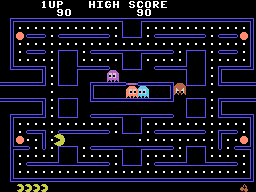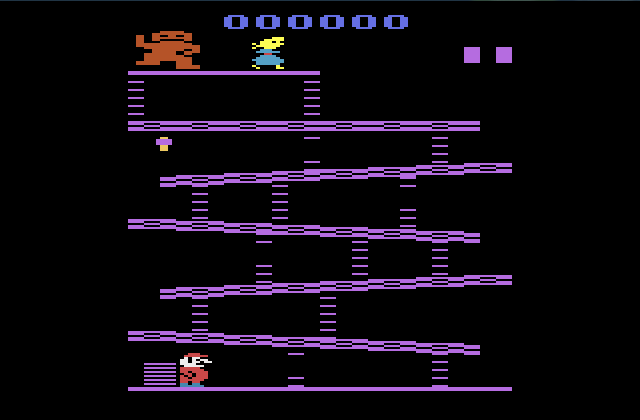Wman1996 said:
I actually didn't know that. It seems that the 5200 and ColecoVision were meant to be third generation, but history has not seen in that way. I don't think we'll ever get a consensus on whether Switch is eighth or ninth generation unless Nintendo says so. But with Atari, that would still mean they had two consoles in a generation even if you entertain that 5200 is third generation. Because there's no way you can argue Atari 7800 is fourth generation. |
The classification that makes the most sense to me and most other old schoolers who remember this time period is this:
Generation 2: Atari 2600, Intellivision
"Crash Generation": Atari 5200, Colecovision, Vectrex
Generation 3: NES, SMS, Atari 7800
The Crash Generation was basically a lost generation in North America. Console makers released new systems, but when the sales numbers crashed, then retailers panicked and just put everything on sale. I remember Atari 5200 games being sold in bargain bins even though they were fairly new. And copies of Pac-Man and E.T. for the 2600 were in bargain bins for years. The retailers did their best to clear out all inventory and didn't order anything new.
The real winner of the Crash Generation was the Commodore 64. It was the cheapest computer, so that is what people bought for gaming. And retailers would actually sell it, because it wasn't technically a console. The C64's successor, the Amiga, was released around the same time as the NES, but it didn't sell nearly as well. People had gone back to consoles by that time.
curl-6 bet me that PS5 + X|S sales would reach 56m before year end 2023 and he was right.
My Bet With curl-6
My Threads:
Master Thread, Game of the Year/Decade
Switch Will Be #1 All Time
Zelda Will Outsell Mario (Achieved)
How Much Will MH Rise sell?
My Bet With Metallox






















